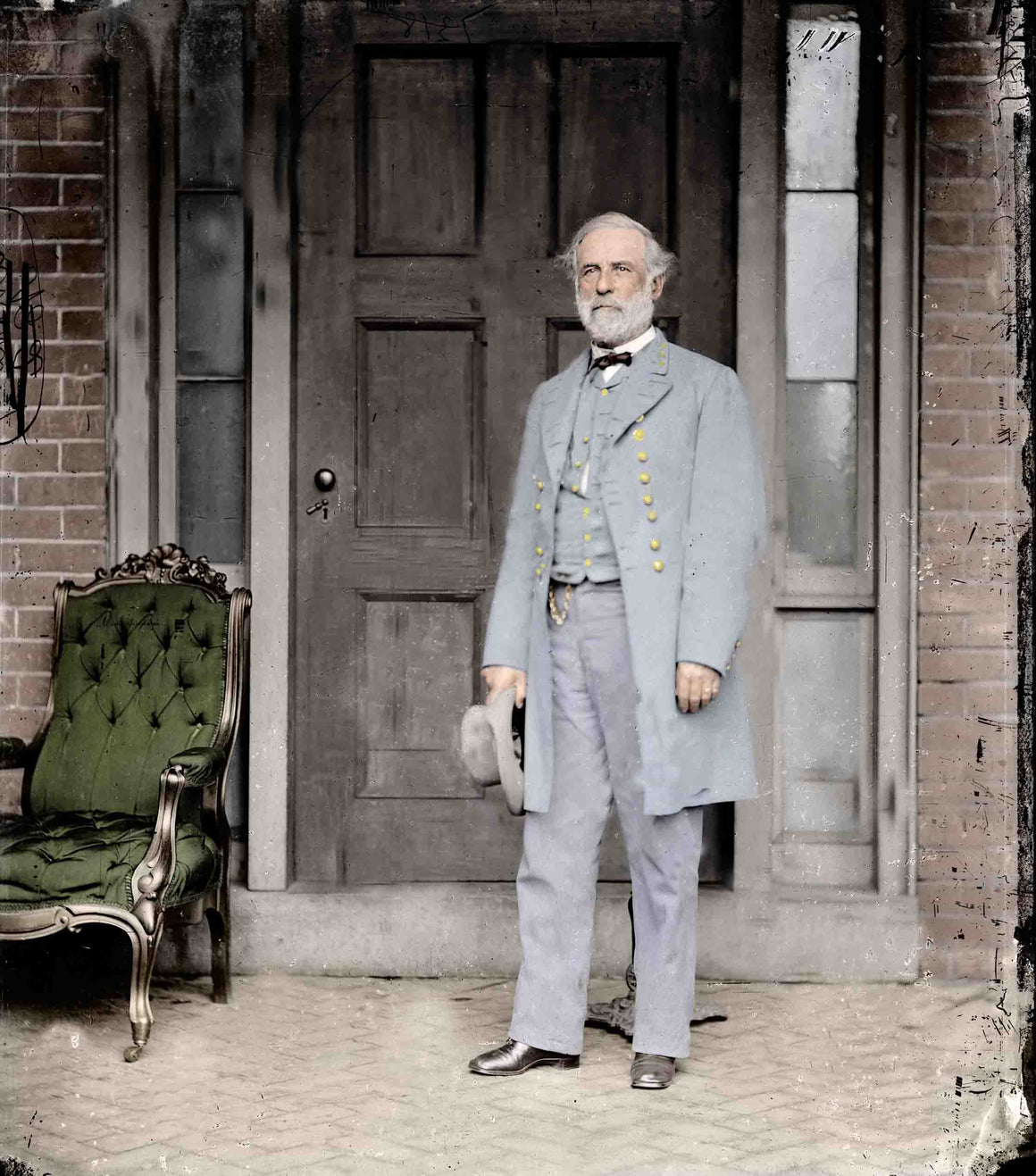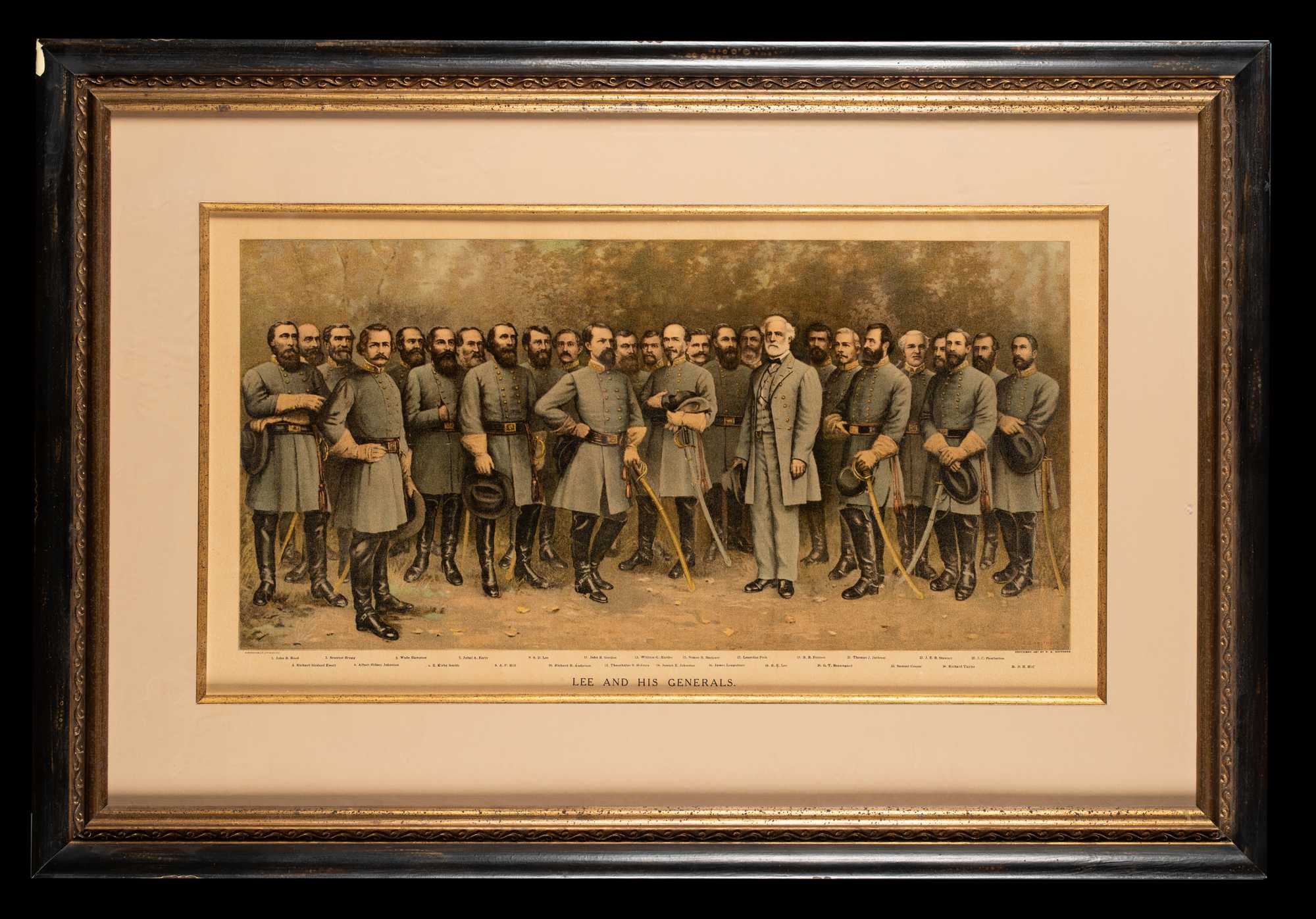

While Ladue alleged that this regulation was permissible as a restriction on "time, place, and manner" since residents could express themselves via other means, the Court found that there were no means that would be adequate substitutes. Justice Stevens, writing for the majority, expressed the Court's suspicion of regulations eliminating an entire form of communication, in this case signs. The Supreme Court unanimously affirmed the ruling of the Appeals Court.


The district court struck down the ordinance as unconstitutional, and this decision was affirmed by the appeals court. With help from the American Civil Liberties Union, Gilleo filed suit in federal court against the city, Mayor Edith Spinks, and the members of the city council after they refused her a variance. Ladue had a broad ban on signs, making exceptions for only ten instances, including residential markers, home sale signs, commercial signs in properly-zoned areas, etc. After this sign was pulled out of the ground and tossed in her yard, Gilleo filed a complaint with the police, who informed her that such signs were prohibited by a local ordinance as a form of "visual pollution". The sign disappeared, so Gilleo erected yet another. On December 8, 1990, she placed a sign measuring 3 feet by 2 feet in her front yard that read, "Say no to war in the Persian Gulf. Gilleo was a resident of Ladue, Missouri. It was a case challenging the legality of a city ordinance restricting the placement of signs in the yards of residents of Ladue, Missouri. 43 (1994), was a free speech decision of the Supreme Court of the United States.


 0 kommentar(er)
0 kommentar(er)
